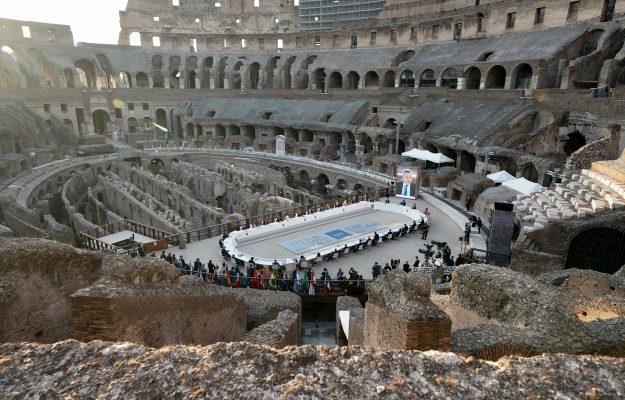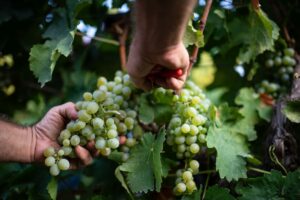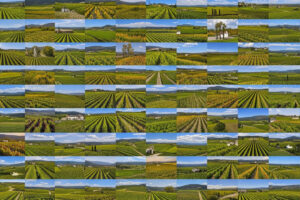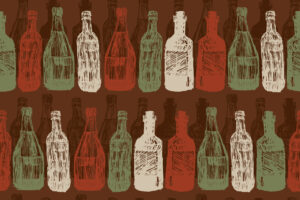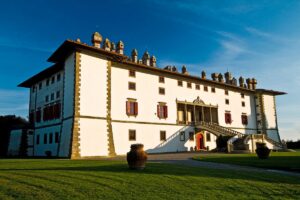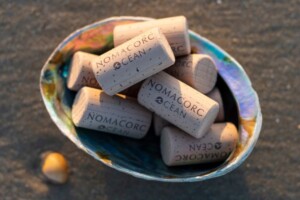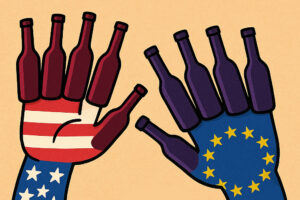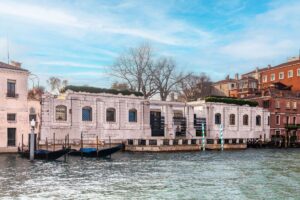Starting from the post-war period and up to the present day, Italy’s strength, and its economy, as the American Keynesian economist, John Kenneth Galbraith said, “do not come from superiority in science and engineering, nor from the quality of industrial management, nor its efficiency in administrative management and politics, and not even from the regulation and collaboration of trade unions and industrial organizations. The real reason, instead, is that Italy has incorporated an essential component of culture into its products, and that cities such as Milan, Florence, Venice, Rome, Naples and Palermo, even though they have very poor infrastructures, boast a higher standard of living and beauty. Much more than the economic index GDP (Gross Domestic Product). In the future, the aesthetic level will become increasingly decisive in indicating the progress of society”. The economist, Galbraith, was consultant to US Presidents, John Fitzgerald Kennedy and Lyndon Johnson, and back in 1983 he had grasped the potential of culture and beauty as generators of wealth and economy. These elements are the theme at the center of the report, “I am Culture 2021 - The Italy of quality and beauty challenges the crisis ”, signed by Symbola - Foundation for Italian qualities, together with Unioncamere, the Marche Region and Credito Sportivo.
The link that unites economy, beauty and culture, also involves the territories and villages of the excellent Italian agriculture, food and wine products. Many of these products remained in the oblivion of their rural collocation and up until a few decades ago, were unable to generate wealth. Today they are an example of integrating respect for the environment, quality and innovation, in line with the objectives - economic and environmental - of the European Commission. “The cultural world has paid a higher price than the rest of the economy, but this is where we must start again, the strength of Italy”, as Ermete Realacci, president of Symbola explained toWineNews, introducing the contents of the report “I am Culture 2021 ”. “The topic actually goes beyond its natural borders, because culture, besides being an identity factor, is a formidable accelerator towards a quality economy, more on a human scale, and is able to crossover, because the wine world, agriculture and rural areas closely intersect the themes of identity, economy and culture. The "I am culture 2021" report, from this point of view, confirms the specific weight of culture on the Italian economy. Since Europe has opened to the Green New Deal; that is, the green transition, enormous progress has been made in solidarity among countries and identifying a common mission including three topics: cohesion, inclusion and green transition, which is the bulk of the recovery plan and digitalization”. Ermete Realacci continued on this subject, saying that “the EU Commission has relaunched the idea of a new European Bauhaus to accompany the Green New Deal. Italy has a lot to say in this game because we are strong in many of the sectors, such as agriculture and the wine world, where it is central. Following the evolution of these worlds, on the one hand, the relationship to the environmental challenge, the quality and aesthetic component of the products is impressive. For instance, when Obama decides that for dinner with Michelle he will choose an Italian wine, who is able to distinguish the sensory component, and the excellence of that wine, compared to the symbolic appeal of so many Italian productions? On the other hand, who can distinguish the appeal of Made in Italy products, of the excellence of our wines, and the quality of our landscapes?”
Returning to the results of the report, “I am culture 2021”, the Italian cultural and creative production system has seen a reduction in added value, equal to -8.1%, compared to the National average of -7.2%. Employment has also fallen drastically, since it was -3.5 % (-2.1% for the entire Italian economy). In both cases, core activities suffered the most, and the drop was, respectively, -9.3% and -4.8%. Although the past year was challenging, the cultural and creative supply chain has confirmed that it is essential within the National production areas, thanks to 84.6 billion euros of added value produced and just under 1.5 million people employed. These values account for 5.7% and 5.9%, respectively, of the total amount of the entire Italian economy, and a multiplying capacity of 1.8 (for each euro produced 1.8 euros are generated in the rest of the economy ), which increases to 2.0 euros in the historical and artistic heritage and 2.2 in the creative industries.
Community involvement is one of the mantras of the report, and the resilience of communities is also at the center of the Italian Pavilion of the Venice Architecture Biennial. Inland areas and villages have instead become the subject of design and much attention, to promote new forms of society and economy, not only for tourism (the traveler who wants to feel more and more part of the community), but also as destinations for smart working, immersed in nature. What is happening is that the small size is more and more at the center of cultural-based territorial transformations, as the Procida Italian Capital of Culture 2022 project has demonstrated. It is the first time a village has obtained this recognition, not for the material cultural heritage, but for the living one, identified in the community that acts and continuously generates cultural heritage. From large centers to small villages, the title of Italian Culture Capital is therefore confirmed as a useful tool to activate the social capital of local communities. Small size also prevails in the world of live music as all the big festivals and concerts were either canceled or postponed, first to 2021 and then to 2022. The block highlighted the need to restart from small and local and smaller events, like the energy and centrality, for instance, of Jazz & Wine, an encounter of wine and music in one of the excellent Italian wine territories, Montalcino and its Brunello.
The crisis has also stimulated innovative models of cultural tourism, in which supply and demand are developing in favor of more inclusive and sustainable solutions for the territories. On a parallel level, the health crisis has greatly strengthened the coalition between health and culture, showing how important cultural tools and cognitive assets are for people's resilience to trauma. Regarding the issue of environmental sustainability, even before the Pandemic crisis and even more so with a perspective to post-Covid19 recovery, there are an increasing number of cultural and creative professionals and businesses that have chosen to implement green practices within their own areas of activity.
Copyright © 2000/2025
Contatti: info@winenews.it
Seguici anche su Twitter: @WineNewsIt
Seguici anche su Facebook: @winenewsit
Questo articolo è tratto dall'archivio di WineNews - Tutti i diritti riservati - Copyright © 2000/2025










